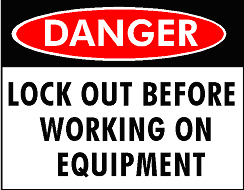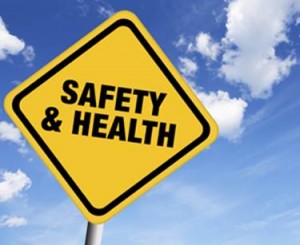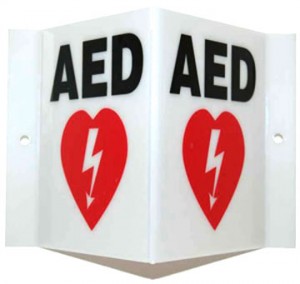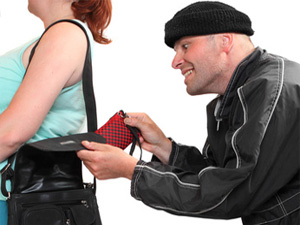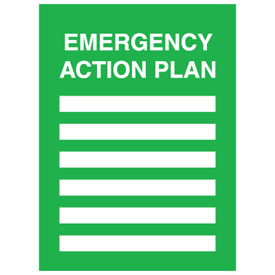 If you are a college student, you are probably counting down the days until spring break. Here are 12 spring break tips to keep you safe while you’re having fun away from school.
If you are a college student, you are probably counting down the days until spring break. Here are 12 spring break tips to keep you safe while you’re having fun away from school.
1. Don’t be stupid in the ocean.
If you are going to be swimming in the ocean, do you even know what rip currents and rip tides are? These strong currents can quickly carry you out to sea if you aren’t careful and how you swim out of these currents is counterintuitive. Talk to a lifeguard about swimming conditions before getting in the water.
2. Protect your location on social media sites.
Sharing too much information on your location on Facebook, Twitter and Foursquare may endanger your safety, warns the Rape, Abuse & Incest National Network. Adjust your privacy settings and use your best judgment when checking in on Facebook and Foursquare. Be cautious about revealing personal information and location through status updates or tweets with Twitter trends like #SpringBreak and #SB2012./p>
3. Consider travel insurance.
Unfortunately, most student health policies don’t cover individuals once they leave U.S. soil. Stephanie Kaplan, Her Campus co-founder, recommends that students obtain a good travel insurance policy that covers illness, injury and emergency evacuation coverage.
4. Create a code word.
Create a secret signal or code word to let your friends know when you are uncomfortable and need them to intervene. When you are with friends, arrive together and leave together. Establish a place to meet in advance if you get separated.
5. Don’t drink in a hot tub.
Forget about all those MTV videos that makes drinking look essential for a hot-tub experience. Alcohol can dilate blood vessels and lower blood pressure to dangerous levels. The effects of drinking are felt faster and stronger if you’re sitting in a hot tub.
6. Before traveling get up-to-date on your vaccines.
That advice comes from the Centers for Disease Control and Prevention. Click on the CDC’s vaccine quiz to find out if you need to be vaccinated.
7. Take a copy of your passport.
There is no worse way to end a vacation than to discover that your passport has been stolen or lost.
8. Practice safe drinking.
Never leave your drink unattended. If you lose sight of it, order a new one. Don’t accept drinks from people you don’t know or trust.
9. Tan safely.
To prepare for a beach destination, opt for spray tanning or self-tanning instead of a tanning bed. The risk of skin cancer is too great to spend time at a tanning salon.
10. Don’t stay on the first floor.
Avoid first-floor hotel rooms because they are bigger targets for thieves. If you bring your laptop, keep it in a hotel safe.
11. Carry phone numbers and cash.
On spring break, carry emergency cash and the phone numbers of cab companies. Keep in your wallet the address of the hotel or rental property that you are staying at.
12. Consider an alternative spring break.
Many schools and religious organizations offer alternative spring break options, including networking retreats and community service trips. Choosing one of these alternatives should make your parents happy.
via 12 tips to survive spring break – CBS News.

